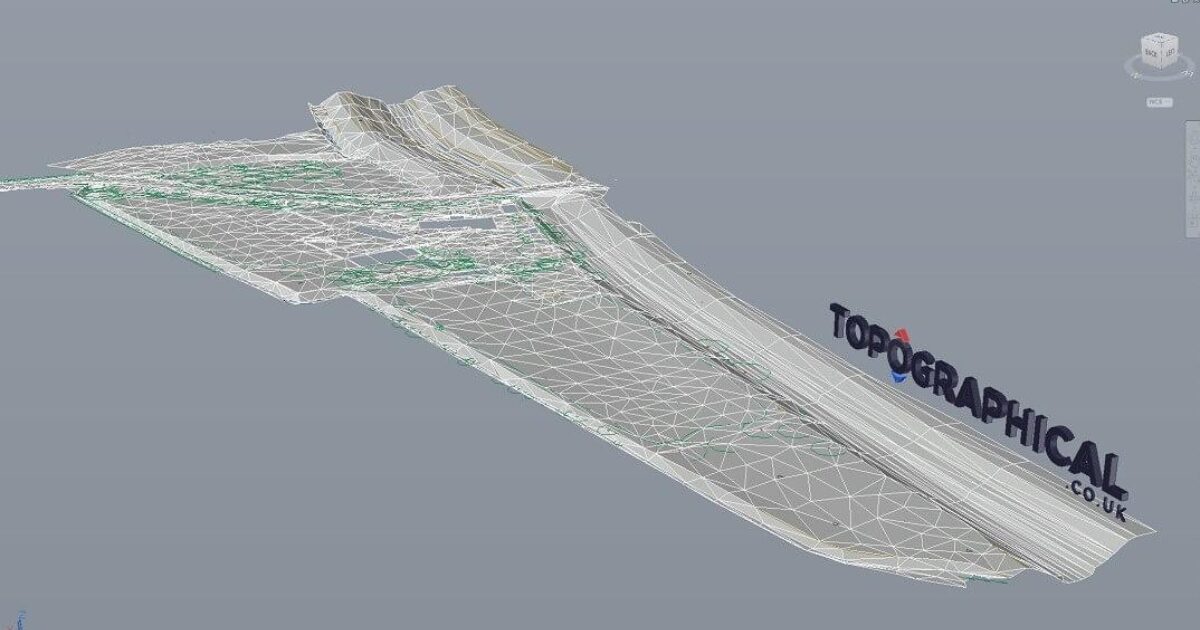The Importance of Setting Out Engineering in Construction Projects
The Importance of Setting Out Engineering in Construction Projects
Blog Article
Vital Tools and Methods in Laying Out Engineering
The self-control of setting out design relies greatly on a suite of vital devices and techniques that underpin the precision and performance of task execution. What implications does this hold for future engineering techniques?
The Significance of Accurate Measurements

The importance of accurate dimensions extends beyond simple conformity; they are indispensable to the total performance of design processes. Mistakes can lead to worldly waste, job hold-ups, and increased labor expenses, ultimately impacting the task's profits. Accurate dimensions enhance the top quality of the last item, guaranteeing that it performs as meant and fulfills the expectations of stakeholders.
Furthermore, the value of precise measurements is obvious in different engineering disciplines, consisting of civil, mechanical, and electrical engineering. Each area demands a distinct method to measurement, yet the underlying necessity for precision stays continuous. As tasks become progressively complex, the reliance on exact dimensions will just escalate, underscoring the need for constant advancements in measurement strategies and technologies. Therefore, fostering a culture that focuses on accuracy is crucial for the future of engineering.
Vital Devices for Laying Out
Laying out, a crucial stage in the engineering and building and construction procedure, counts heavily on particular tools that guarantee precise place and placement of frameworks. Amongst these devices, the surveyor's level attracts attention, giving accurate straight measurements important for establishing recommendation points. This tool allows engineers to identify elevation adjustments and preserve harmony throughout the job site.
The total station is one more indispensable tool, incorporating digital range measurement with angular measurement abilities. This modern technology boosts performance and precision in recording spatial data, permitting for effective website design and planning.
Furthermore, the use of measuring tapes and marking devices, such as chalk lines or stakes, is essential for momentarily marking borders and important points on the site. These basic devices, though easy, are essential for guaranteeing clear interaction amongst the building and construction team concerning job specifications.
Finally, general practitioner technology has gained grip in laying out processes, giving real-time positioning data and substantially enhancing accuracy over typical methods. Jointly, these important devices form the backbone of efficient laying out techniques, inevitably adding to the effective implementation of engineering and construction jobs.
Advanced Surveying Strategies
Advanced surveying methods play a critical role in improving the accuracy and performance of design tasks. These strategies include a series of methodologies that provide precise data for layout and building. Conventional approaches, such as progressing and triangulation, have actually evolved right into a lot more advanced approaches, consisting of Overall Station surveys and Global Navigating Satellite Equipment (GNSS)
Total Terminal tools integrate electronic theodolites with range dimension capabilities, allowing land surveyors to collect specific area information with great speed. This innovation considerably minimizes mistakes associated with hand-operated measurements and gives real-time information handling. GNSS supplies exceptional precision for massive tasks by using satellite signals to figure out exact positioning, which is crucial for making sure and lining up structures compliance with design requirements.
Along with these devices, progressed strategies likewise include geospatial analysis and 3D modeling. These approaches allow designers to imagine surface and site problems more effectively, helping with better decision-making throughout the preparation stage. By using these innovative checking methods, engineering tasks can accomplish better accuracy in design, decrease rework, and inevitably improve total project success.
Digital Technology in Design
The assimilation of electronic innovation has actually reinvented engineering methods, improving both performance and precision throughout numerous self-controls. Tools such as Building Information Modeling (BIM) promote the visualization and administration of complex tasks, permitting engineers to team up effortlessly and make informed decisions. This modern technology allows the development of detailed 3D designs, which can be evaluated for structural honesty and efficiency before building and construction starts.

The application of man-made intelligence and device learning in design processes even more improves predictive see this website upkeep and optimization of resources. On the whole, digital modern technology is improving the design landscape, driving development, and making sure that tasks are completed with higher performance and minimized threat.
Ideal Practices for Execution
When executing electronic technology in design, it is vital to establish a strategic method that aligns with task goals and business capabilities. An extensive analysis of existing process and technology framework is necessary to recognize gaps and possibilities for renovation. Engaging stakeholders early while doing so cultivates partnership and makes certain that the innovation meets customer needs.

Job supervisors ought to embrace a repetitive application strategy, permitting adjustments based upon real-time comments and performance evaluations. This dexterous method not only mitigates dangers yet also promotes continuous renovation by including lessons learned.
Final Thought
Finally, the integration of essential tools and progressed strategies in laying out engineering is essential for guaranteeing useful reference precision in measurements check this and effective job execution. Using tools such as surveyor's degrees, complete stations, and GPS modern technology, alongside contemporary checking approaches, boosts accuracy and reduces the likelihood of mistakes. Adopting ideal practices in application additionally maximizes these procedures, inevitably cultivating improved job outcomes in the engineering and construction fields.
The self-control of setting out design relies heavily on a collection of crucial tools and techniques that underpin the accuracy and efficiency of project implementation.In addition, the significance of accurate measurements is evident in numerous design techniques, consisting of civil, mechanical, and electric engineering. By employing these advanced surveying techniques, design jobs can achieve higher precision in design, lower rework, and inevitably enhance total task success.
In general, electronic modern technology is improving the engineering landscape, driving development, and guaranteeing that jobs are finished with higher performance and lowered risk (setting out engineering).In conclusion, the combination of vital tools and advanced strategies in establishing out engineering is essential for making certain precision in dimensions and successful task execution
Report this page